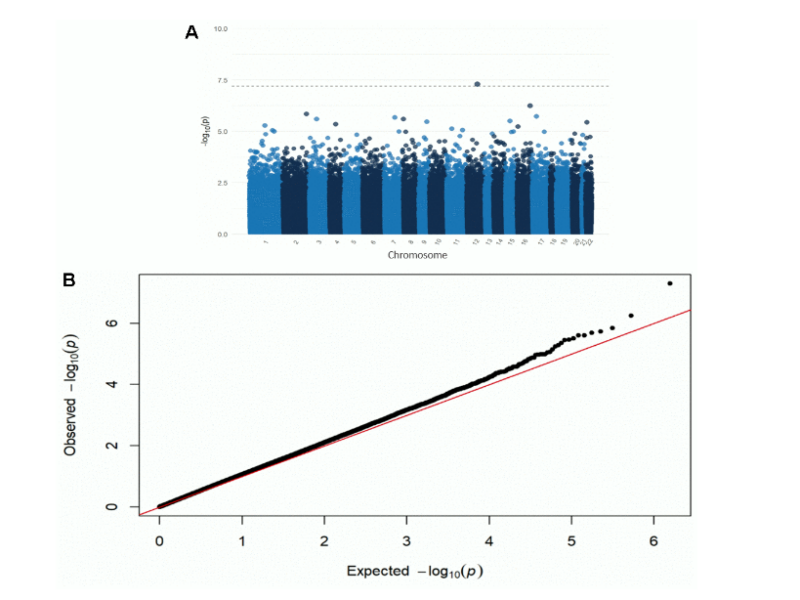PRESS RELEASE: A new research paper was published in Aging’s Volume 16, Issue 8, entitled, “The association between neighborhood deprivation and DNA methylation in an autopsy cohort.”
Aging (Aging-US) Authors
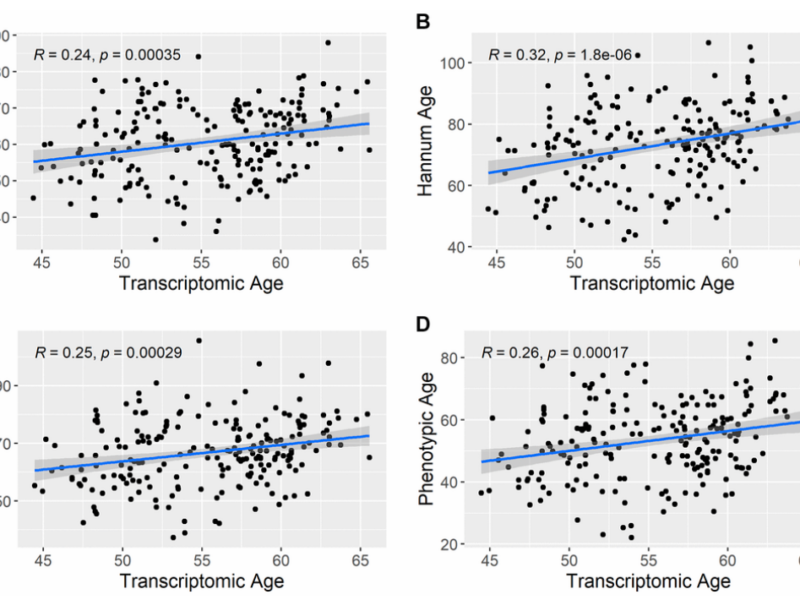
PRESS RELEASE: A new research paper was published in Aging’s Volume 16, Issue 8, entitled, “Associations among NMR-measured inflammatory and metabolic biomarkers and accelerated aging in cardiac catheterization patients.”
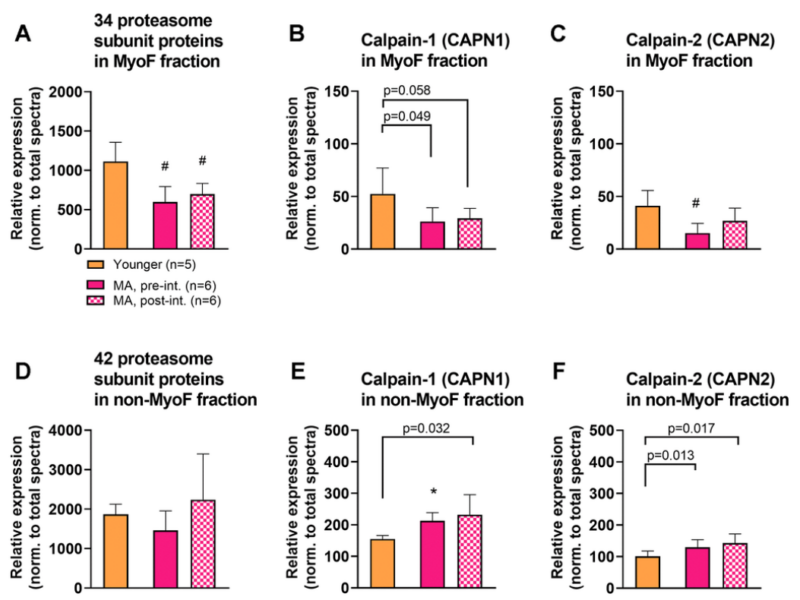
PRESS RELEASE: A new research paper was published in Aging’s Volume 16, Issue 8, entitled, “A novel deep proteomic approach in human skeletal muscle unveils distinct molecular signatures affected by aging and resistance training.”
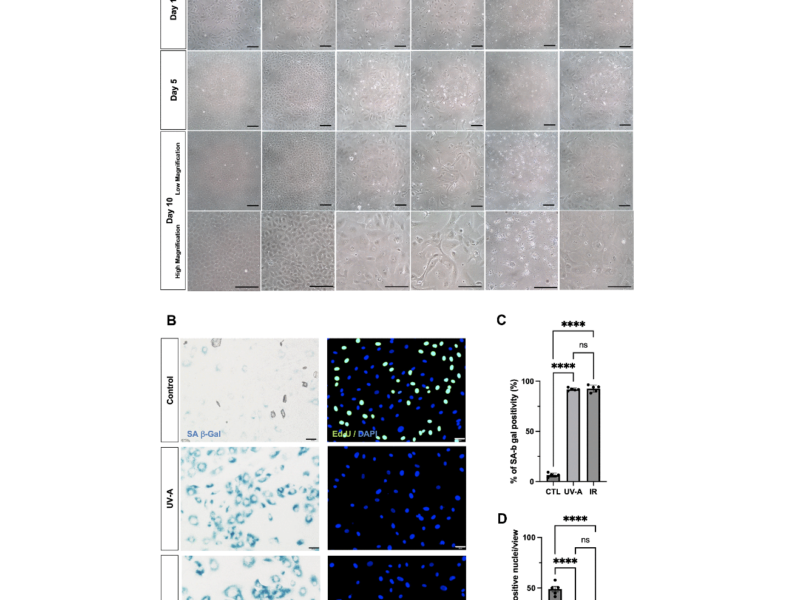
PRESS RELEASE: A new research paper was published on the cover of Aging’s Volume 16, Issue 8, entitled, “Senescent characteristics of human corneal endothelial cells upon ultraviolet-A exposure.”
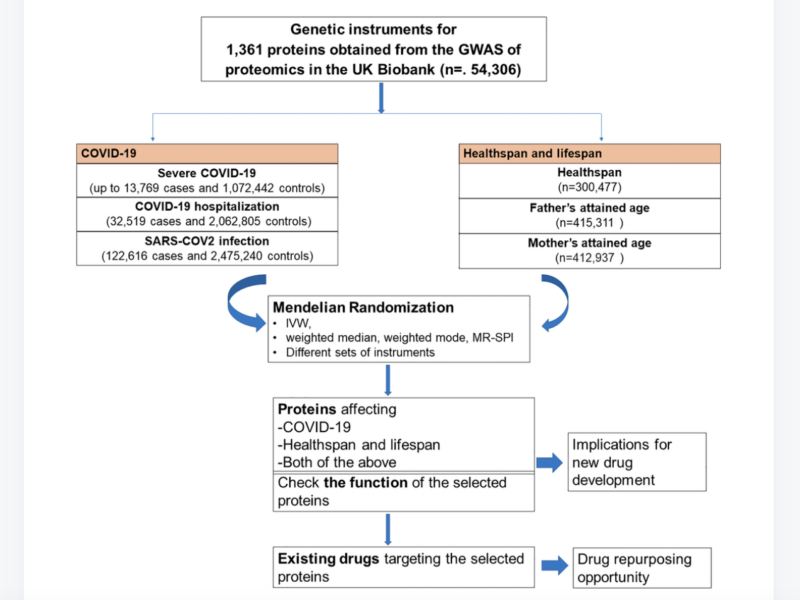
PRESS RELEASE: A new research paper was published in Aging’s Volume 16, Issue 7, entitled, “Using genetics and proteomics data to identify proteins causally related to COVID-19, healthspan and lifespan: a Mendelian randomization study.”
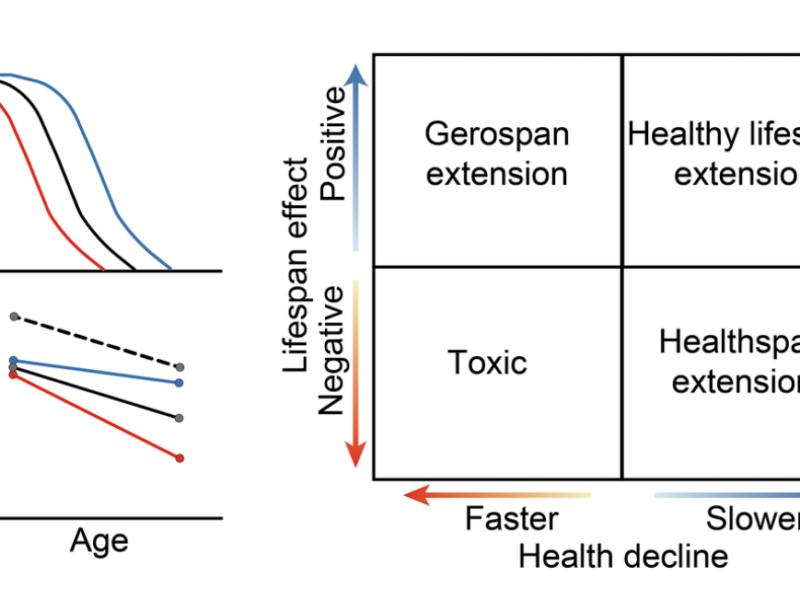
PRESS RELEASE: A new research paper was published in Aging’s Volume 16, Issue 7, entitled, “The coupling between healthspan and lifespan in Caenorhabditis depends on complex interactions between compound intervention and genetic background.”

The Longevity & Aging Series launched its second season with a premiere episode featuring Dr. Irina Conboy and Xiaoyue (Serafina) Mei from the University of California, Berkeley.
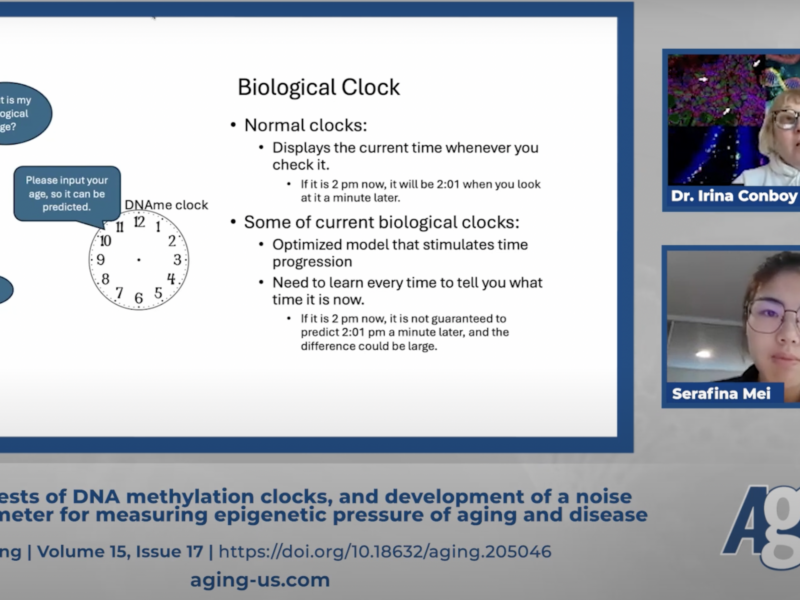
Dr. Irina Conboy and Xiaoyue (Serafina) Mei from the University of California, Berkeley, discuss a priority research paper they co-authored that was published in Volume 15, Issue 17, of Aging (Aging-US), entitled, “Fail-tests of DNA methylation clocks, and development of a noise barometer for measuring epigenetic pressure of aging and disease.”
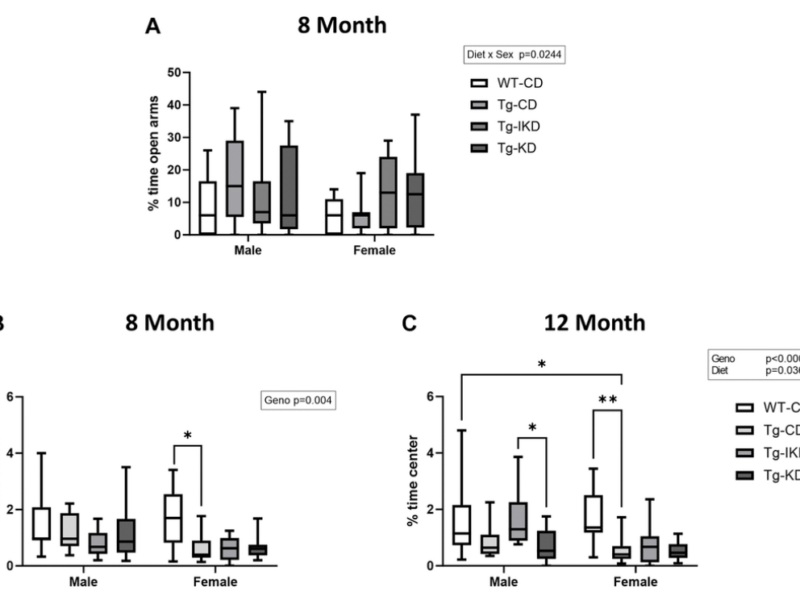
PRESS RELEASE: A new research paper was published in Aging’s Volume 16, Issue 7, entitled, “The impact of continuous and intermittent ketogenic diets on cognitive behavior, motor function, and blood lipids in TgF344-AD rats.”
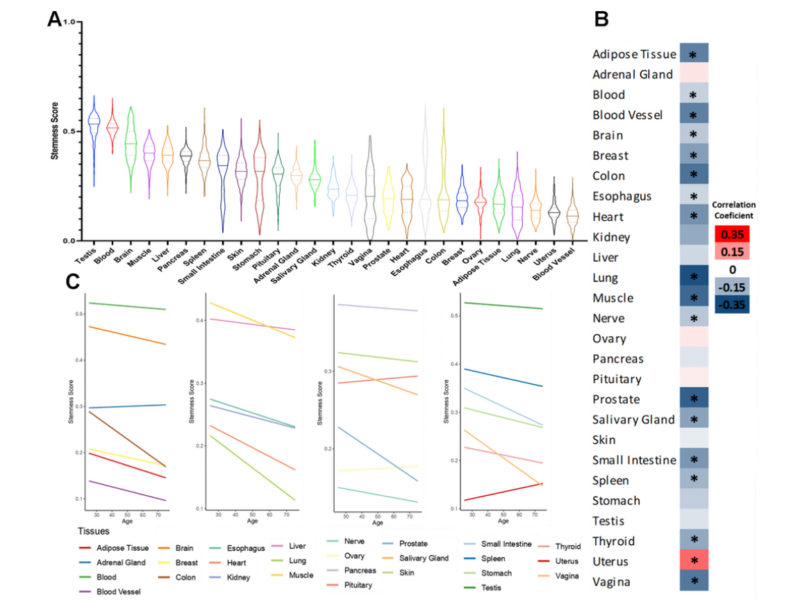
PRESS RELEASE: A new research paper was published on the cover of Aging’s Volume 16, Issue 7, entitled, “Evidence of a pan-tissue decline in stemness during human aging.”
